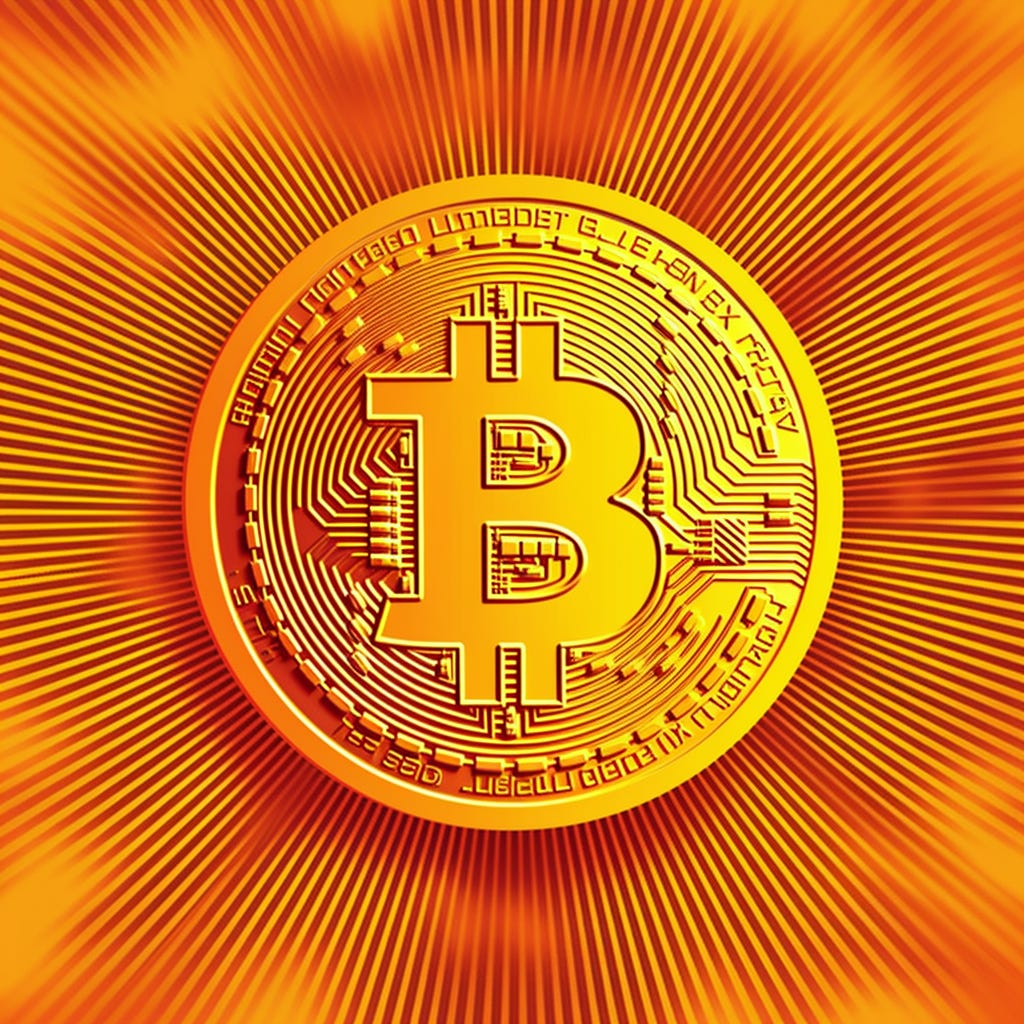Things are getting hot in Bitcoin with BRC-69
Famously, Bitcoin ordinals are based on the BRC-20 token standard which has gained widespread recognition and adoption.
For those not familiar with it I have already written an introduction to the subject:
The Brc-20 Standard on Bitcoin
If you are a Bitcoin maximalist the chance is that you are pissed off. Why? All these infidels are polluting the king Bitcoin with stupid images and wasting block space.Francesco is a reader-supported publication. To receive new posts and support my work, consider becoming a free or paid subscriber.
Ordinals have continued to represent a significant percentage of the total Bitcoin fees, poising a cost burden for users of the network. To address this issue, many experts and developers have brought forward technical improvements that could reduce the costs associated with Ordinals.
One of the proponents of these is LeonidasNFT, a historic NFT collector. He is one of the contributors to “Recursive Inscriptions”, which lays the foundation for BRC-69.
Recursive Inscriptions allow Ordinals to request and extract data from previous Inscriptions on the Bitcoin blockchain. This means that new inscriptions can utilize information from existing Bitcoin inscriptions to create newer ones.
Additionally, users can inscribe code that all Ordinals will be able to call, creating more versatile use cases and extending the previous minting limit.
“So now there is a huge repository of packages for developers to build on top of. This would unlock powerful use cases that could never be done in under 4 MB.”
However, there is a pressing need to optimize the BRC-20 standard further. The aim is to reduce the costs associated to inscribing Ordinals Collections on the Bitcoin network and ensure they do not cause congestions.
This is where the BRC-69 standard comes into play.
The BRC-69 Standard
The BRC-69 is a new token standard specifically designed for Ordinals. It leverages “Recursive Inscriptions” to significantly reduce the costs of inscribing on the Bitcoin blockchain.
In addition to cost reduction, this standard opens the door for various on-chain use cases, such as on-chain reveals and automatic image rendering.
The development of more efficient standards like BRC-69 is a response to the increased popularity of Ordinals, which has resulted in rising Bitcoin network fees.
The BRC-69 standard aims to achieve a 90%+ optimization of block space, depending on the size of the initial collection and the prevailing network fees.
To illustrate the practical benefits of BRC-69, let’s consider an example.
Unique trait images will be inscribed only once in the Deploy transaction.
The assets will then be composed of an HTML file referencing these traits in just a single line of approximately 150 bytes.
Any front-end implementation with Recursive Inscription support can render the images directly from the on-chain Deploy inscription, without requiring additional steps.
Luminex, one of the proponents of the BRC-69 standard, emphasized the efficiency it brings to Bitcoin space utilization. According to them, any front-end implementation with Recursive Inscription support can effortlessly render the images using on-chain Deploy inscription, without the need for additional steps.
Overall, the BRC-69 standard and Recursive Inscriptions have the potential to greatly enhance the efficiency and functionality of Bitcoin ordinals, reduce costs, and enable a broader range of use cases on the blockchain.
We can already observe from the chart below the increase in daily Bitcoin inscriptions since the approval or BRC-69 on 9th of July.










